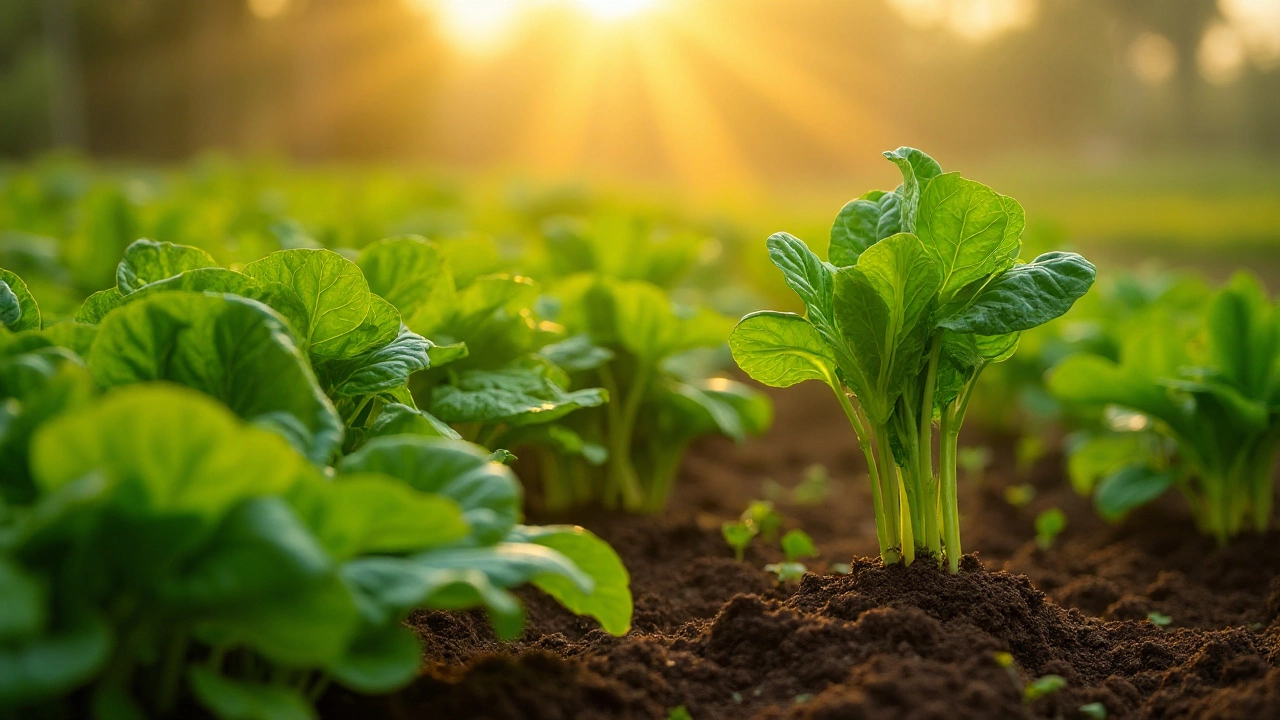Diving into the realm of gardening, one might ponder which vegetable reigns supreme in health benefits. In this article, explore the vegetable that stands out as the healthiest choice for Indian gardens, considering various factors like climate suitability, nutritional content, and cultivation ease. The piece offers intriguing insights into why this vegetable has been heralded for its impressive health benefits. Readers will also find tips on how to grow it successfully in their gardens. This exploration aims to inspire and inform enthusiasts towards cultivating this powerhouse of nutrition.
Nutritious Vegetables: Grow the Most Healthy Crops for Your Indian Garden
When we talk about nutritious vegetables, vegetables packed with vitamins, minerals, and fiber that support long-term health. Also known as power vegetables, they’re not just about taste—they’re about fueling your body with what it truly needs, especially in a country where diet and soil quality shape health outcomes. In India, where monsoons, heat, and seasonal shifts define growing cycles, not all vegetables are created equal. Some thrive naturally, others need extra care, but the best ones return again and again with more nutrients than store-bought imports ever can.
What makes a vegetable truly nutritious isn’t just its vitamin C or iron count—it’s how well it grows in your soil, how little it needs to stay healthy, and whether it’s been bred for local conditions. Take Indian native vegetables, traditional crops like amaranth, drumstick, and bitter gourd that have been grown here for centuries. These aren’t just cultural icons—they’re nutritional powerhouses. Amaranth leaves have more calcium than milk. Drumstick pods are loaded with protein and antioxidants. And bitter gourd? It helps regulate blood sugar. These plants don’t need fancy fertilizers. They grow well in backyard plots, terraces, and even small pots if you give them decent soil.
That’s where soil health, the foundation of any successful vegetable garden, determined by structure, microbial life, and nutrient balance comes in. You can grow the most nutritious vegetables in the world, but if your soil is compacted, acidic, or full of chemicals, they won’t reach their full potential. The good news? You don’t need to buy expensive products. Compost, leaf mold, and even crushed eggshells can transform dense clay into something plants love. And if you’ve ever struggled with drainage or slow growth, you’re not alone—many of the posts below show exactly how to fix that without chemicals.
And then there’s organic gardening, growing food without synthetic pesticides or fertilizers, using natural methods that protect your health and the environment. It’s not a trend here—it’s a necessity. In India, where water scarcity and chemical runoff are real concerns, organic methods aren’t just safer—they’re smarter. You’ll find posts here that show how to make your own compost, how to keep pests away with marigolds instead of sprays, and how to pick the right vegetables for your balcony or backyard based on sunlight and season.
What you’ll find in the posts below isn’t theory. It’s what real gardeners in India are doing right now. From fixing clogged drip lines to choosing the best containers for tomatoes, from growing fast-harvest veggies in 30 days to protecting your crops from rabbits—every guide ties back to one thing: getting the most nutrition from your land, no matter how small it is. You don’t need acres to grow food that feeds your family well. You just need the right plants, the right soil, and the right timing. And that’s exactly what’s waiting for you here.
